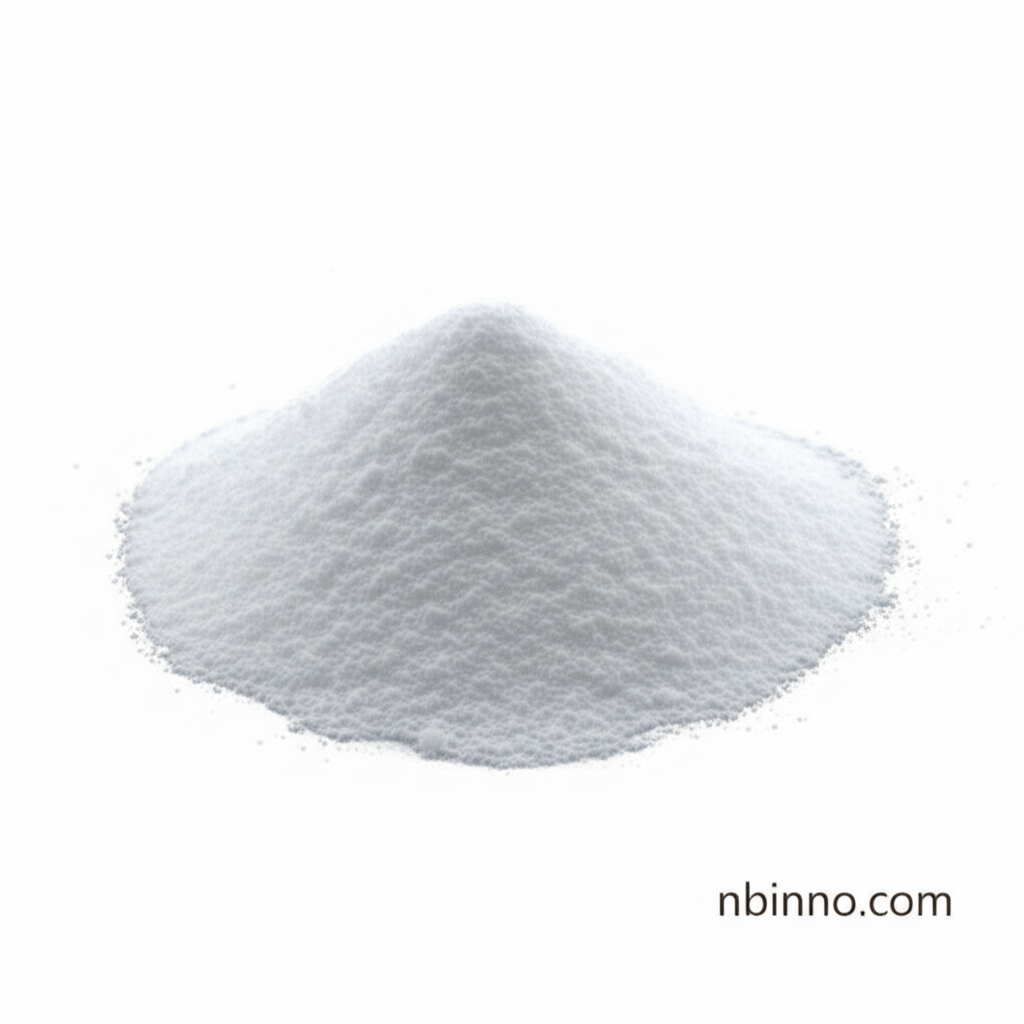High-Purity (S)-(+)-2-Phenylglycinol CAS: 20989-17-7: A Key Pharmaceutical Intermediate and Organocatalyst from Leading China Manufacturers
(S)-(+)-2-Phenylglycinol, a crucial chiral arylalkylamine, is essential for pharmaceutical synthesis and advanced organic chemistry. As a leading supplier in China, we provide this high-quality intermediate to support your research and production needs. Explore its applications and inquire about competitive pricing and free samples.
Get a Quote & SampleDiscover the Power of (S)-(+)-2-Phenylglycinol in Chemical Synthesis

(S)-(+)-2-Phenylglycinol
As a trusted pharmaceutical intermediate supplier in China, we offer high-purity (S)-(+)-2-Phenylglycinol (CAS: 20989-17-7). This versatile chiral arylalkylamine is indispensable as an organocatalyst for synthesizing chiral compounds and developing novel fluorescent chemosensors. Benefit from our commitment to quality and competitive pricing for your critical chemical synthesis projects.
- High Purity: Our (S)-(+)-2-Phenylglycinol boasts a purity of 95%min, ensuring reliable performance in demanding applications. We are a dedicated manufacturer committed to delivering exceptional quality.
- Versatile Organocatalyst: Renowned for its chiral recognition properties, it's ideal for synthesizing chiral molecules and enabling complex organic transformations.
- Pharmaceutical Intermediate: Crucial for drug development, this compound plays a key role in creating new therapeutic agents.
- Reliable Supplier: As a leading supplier in China, we guarantee stable supply, prompt delivery, and excellent customer service for all your purchase needs.
Key Advantages of Sourcing (S)-(+)-2-Phenylglycinol
Exceptional Chirality and Purity
Utilize our high-grade (S)-(+)-2-Phenylglycinol, a critical chiral building block. Its precise stereochemistry and purity make it invaluable for asymmetric synthesis and the development of stereospecific drugs. Buy with confidence from a reliable manufacturer.
Broad Application Spectrum
From advanced organocatalysis to the synthesis of novel chemosensors, this compound offers unparalleled versatility. Its role as a key pharmaceutical intermediate facilitates breakthroughs in drug discovery.
Cost-Effective and Accessible
Access high-quality (S)-(+)-2-Phenylglycinol at competitive prices. As a premier supplier in China, we offer bulk purchasing options and free samples to meet your R&D and production scales.
Applications of (S)-(+)-2-Phenylglycinol
Organocatalysis
As a chiral organocatalyst, it facilitates stereoselective reactions, crucial for synthesizing enantiomerically pure compounds in the pharmaceutical sector. This makes it a sought-after material for many chemical synthesis processes.
Pharmaceutical Intermediates
Its structure is vital for the synthesis of various active pharmaceutical ingredients (APIs). Researchers and formulators frequently seek this compound for drug development and manufacturing.
Chemosensor Development
The compound's chiral recognition properties are leveraged in creating advanced fluorescent chemosensors for amino acid detection, aiding in diagnostic and analytical applications.
Chiral Resolution
Used as a reagent for the resolution of acids via easily hydrolyzed amides, it plays a significant role in analytical chemistry for separating enantiomers.
